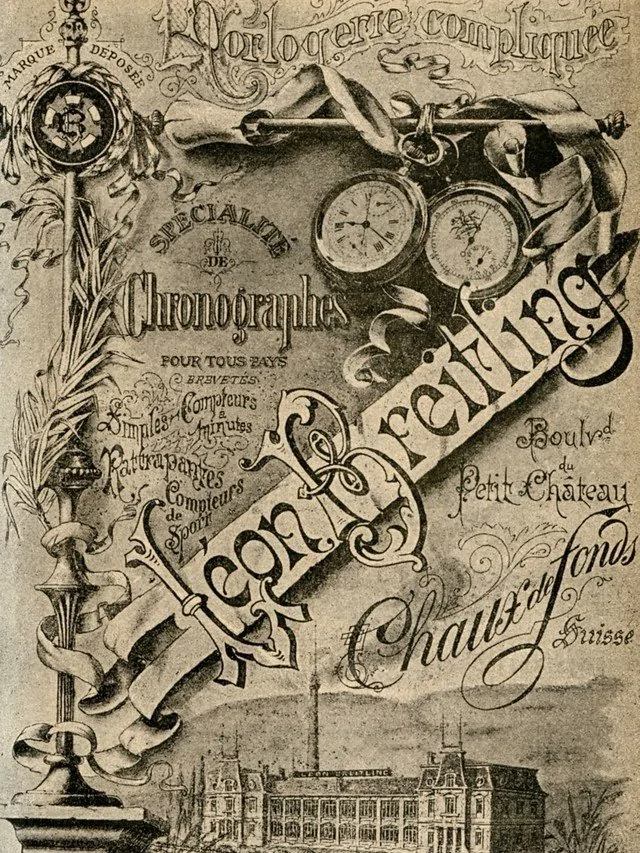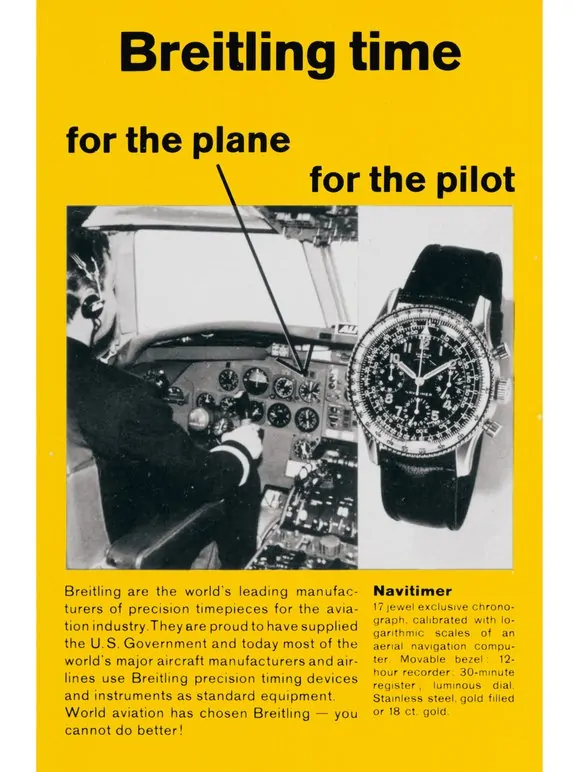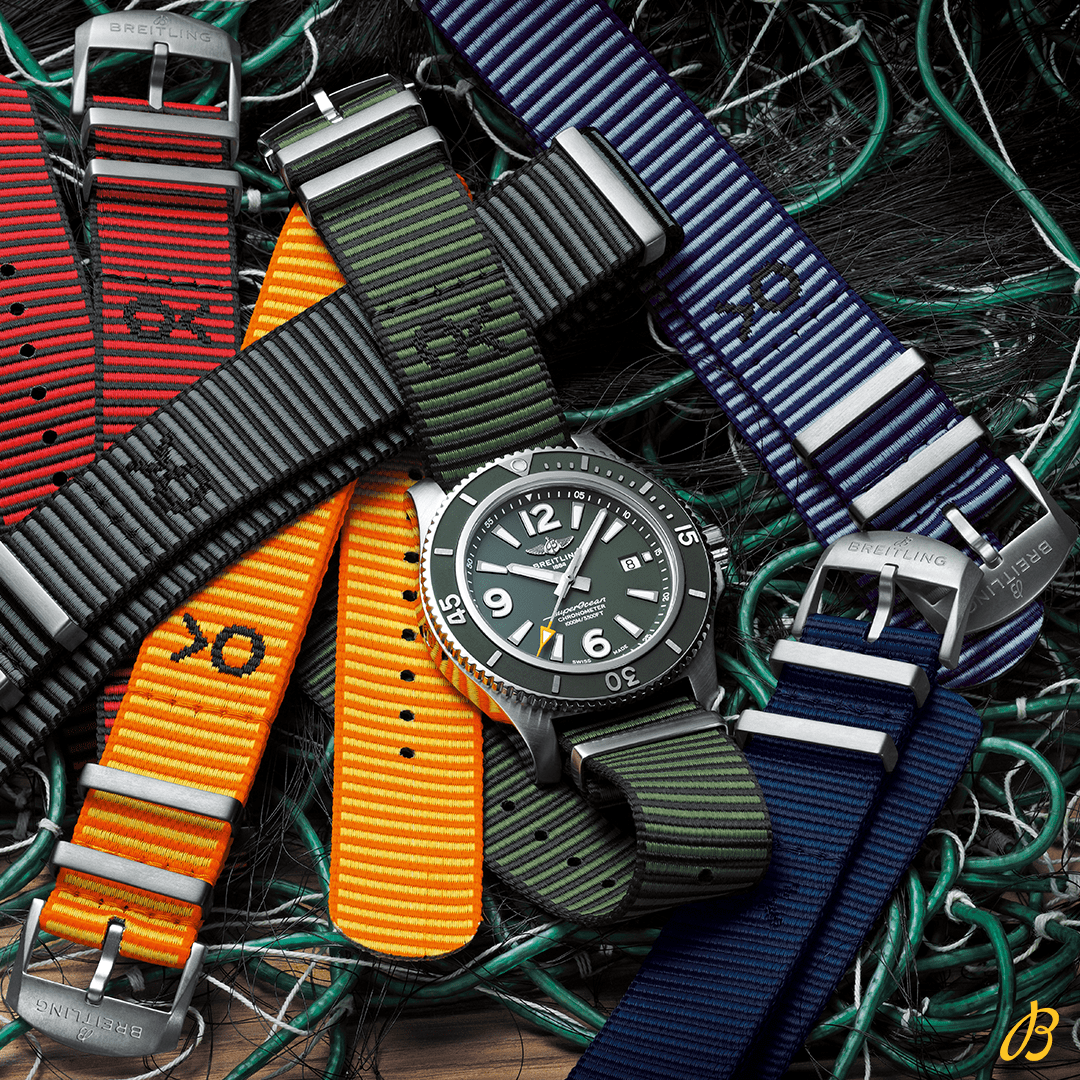
The Beginning of Breitling
Getting into the watch manufacturing business in the mid-1880s was no easy feat. Switzerland was experiencing the worst part of a long recession. Yet, despite the economic difficulty, social unrest, and uncertainty about the future, 24-year-old Léon Breitling stayed true to his vision of creating instruments that could measure, divide and master time.
This is how the Breitling brand was born. With passion and enthusiasm, our inventive founder created the useful, functional, reliable, and sturdy timepieces we’ve come to know and love today.
At the beginning of the 20th century, Breitling’s wide range of top-notch chronographs and timers set the benchmark for the industry. Breitling timepieces were coveted by sports enthusiasts, athletes, and aviation pioneers. He never stopped reimagining and optimizing his watches. In both his professional and personal life, he created numerous patents, some of which are still relevant today.
Breitling’s Navitimer
In 1952, Willy Breitling was approached by the renowned US Aircraft Owners and Pilots Association (AOPA) and asked to create a new chronograph for its members. He decided to develop an innovative wrist-worn instrument that would enable pilots to perform all necessary flight calculations, including average speed, distance traveled, fuel consumption, rate of climb or descent, and conversion of miles to kilometers or nautical miles.
At that time, calculations required a logarithmic slide rule. Willy Breitling, therefore, adapted the original logarithmic slide rule of the 1940s Chronomat for aviation purposes and integrated it into a rotating bezel, surrounded by small beads to make it easier to manipulate.
The case diameter was fixed at 41 millimeters, which was large for its time – large enough to ensure that all the information provided by the dial would be easy to read. The readability was further enhanced by oversized Arabic numerals filled with radium that efficiently contrasted with the black dial. As for the name, what could be more evocative than Navitimer, a combination of navigation and timer?
When the Navitimer was finally introduced to the AOPA, it was an instant success among the association’s members.
With a career spanning more than 65 years, the Navitimer is the most iconic Breitling ever made and remains the ultimate wrist-worn instrument for pilots to this day.


Sustainability
Breitling is continually looking for ways to improve the positive social and environmental impacts of their products. Their leading initiatives include sourcing 100% Swiss Better Gold, launching industry-leading 100% upcycled packaging, and engaging their suppliers to create action plans for sustainable transformation.
Breitling measures, mitigates and neutralizes their environmental impacts. As well as reporting annually to the Carbon Disclosure Project (CDP), they are committed to the Science Based Targets Initiative (SBTi) and offset a portion of their direct and indirect emissions. By 2025, they’ll extend their use of 100% renewable energy from headquarters to global operations and aim to be free of plastic waste.




